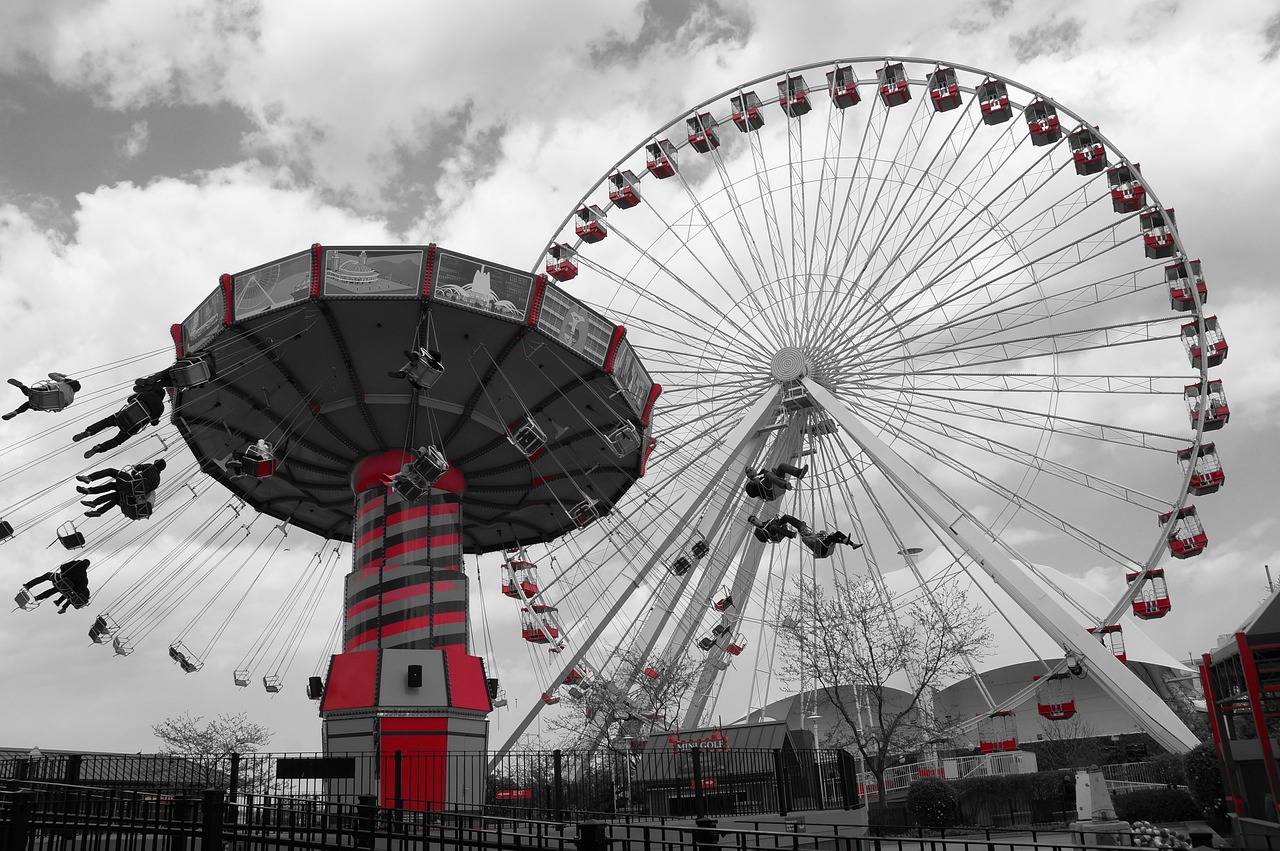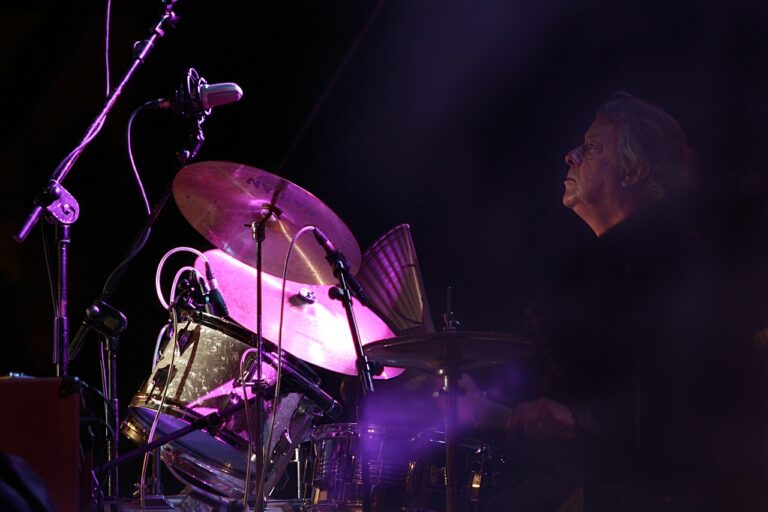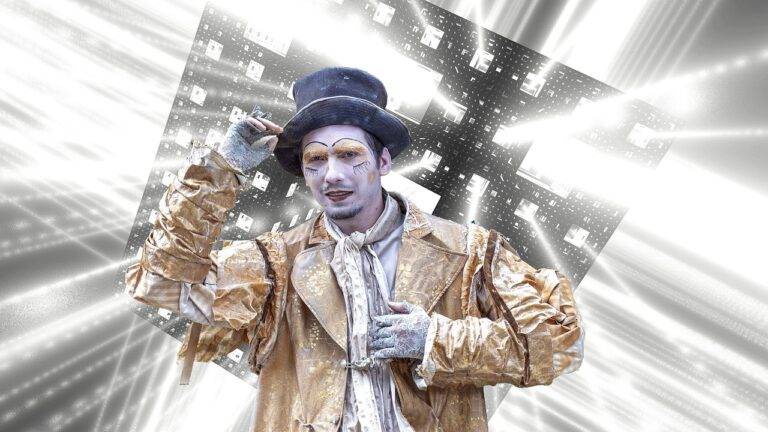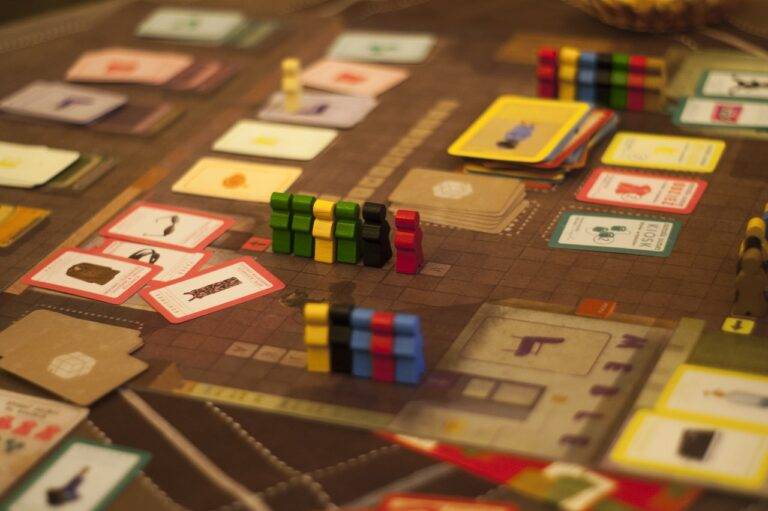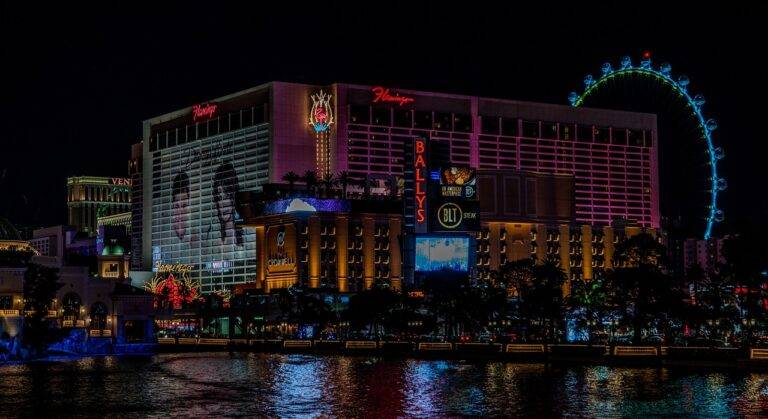Analyzing the Role of CGI in Historical Reconstruction Films
In the realm of historical reconstruction films, the integration of CGI has revolutionized the way filmmakers depict scenes from the past. With the advancements in technology, CGI allows for a more visually immersive experience, bringing historical settings to life with unprecedented detail and realism. Audiences are transported to ancient civilizations, pivotal battles, or majestic landscapes with a level of intricacy and accuracy that was previously unattainable.
Through CGI, filmmakers are able to recreate moments from history that were once unimaginable to capture on screen. Whether it’s reconstructing ancient landmarks, envisioning ancient civilizations, or animating historical events, CGI offers a boundless canvas for filmmakers to explore and recreate the past in a way that engages and educates viewers. The evolution of CGI in historical reconstruction films has redefined the possibilities of storytelling, enabling filmmakers to push the boundaries of creative expression and deliver breathtaking visuals that transport audiences through time and space.
The Impact of CGI on Historical Accuracy
CGI has become an indispensable tool in the realm of historical reconstruction films. Its ability to depict realistic scenes and environments that are otherwise impossible to recreate has revolutionized the way filmmakers approach storytelling. However, this technological advancement also brings to light a crucial consideration – the impact of CGI on the historical accuracy of these cinematic portrayals. As filmmakers strive to captivate audiences with visually striking depictions, there is a fine line between artistic interpretation and historical authenticity that must be carefully navigated.
One of the primary challenges posed by the integration of CGI in historical films is the temptation to prioritize visual spectacle over factual accuracy. While CGI enables filmmakers to visually transport viewers to different time periods, there is a risk of embellishing or distorting historical events for dramatic effect. As a result, the use of CGI in historical films necessitates a delicate balance between engaging storytelling and maintaining a sense of historical authenticity to ensure that viewers are not misled by cinematic embellishments.
How has CGI technology evolved in historical reconstruction films?
CGI technology has advanced significantly in historical reconstruction films, allowing filmmakers to create incredibly realistic and detailed visual effects.
What is the impact of CGI on historical accuracy in films?
CGI has both positive and negative impacts on historical accuracy in films. While it can enhance visual storytelling and bring historical events to life, it can also be misused to distort or manipulate historical facts.
How can filmmakers ensure historical accuracy when using CGI?
Filmmakers can ensure historical accuracy when using CGI by conducting thorough research, consulting with historians and experts, and being mindful of the ethical implications of altering historical facts for entertainment purposes.
Are there any examples of CGI being used effectively to enhance historical accuracy in films?
Yes, there are many examples of CGI being used effectively to enhance historical accuracy in films. For instance, in “The Crown” on Netflix, CGI was used to recreate historical events and settings with great attention to detail.
What are some potential drawbacks of relying too heavily on CGI for historical accuracy?
Relying too heavily on CGI for historical accuracy can lead to the distortion of facts, the oversimplification of complex historical events, and the perpetuation of inaccurate stereotypes. Filmmakers must strike a balance between visual storytelling and historical authenticity.

